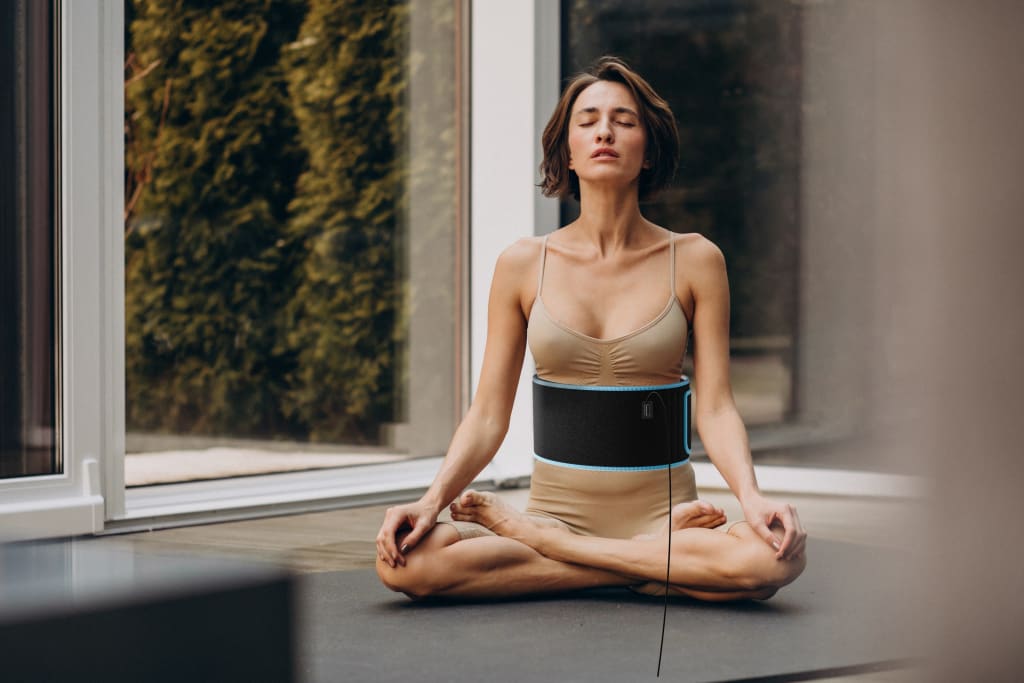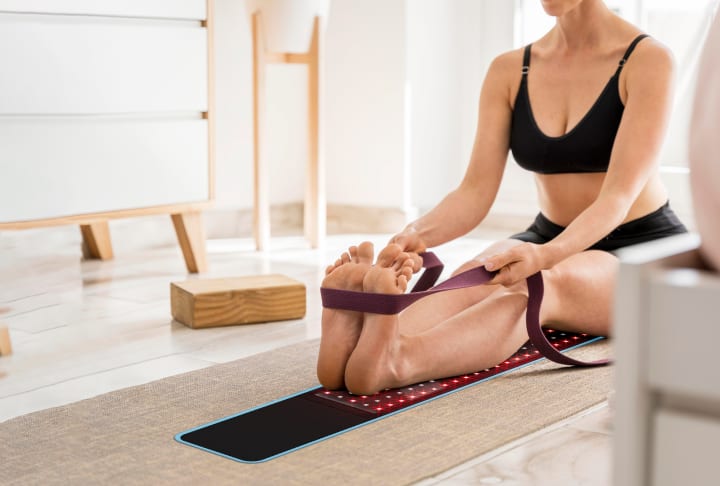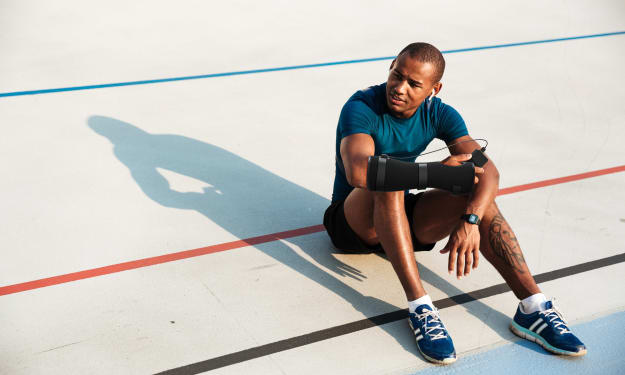Visiting the Oklahoma Arthritis Center and Trying Red Light Therapy
By Marry Brown

I have always been fascinated by arthritis. Not in a good way, of course. I have seen how it affects my grandmother, who suffers from osteoarthritis in her knees and hands. She has trouble walking, holding things, and doing simple tasks that most of us take for granted. She also has constant pain, which makes her unhappy and irritable.
I have always wondered if there is anything that can help her. I have heard of many treatments and remedies for arthritis, but none of them seem to work very well. Some of them are expensive, some of them are risky, and some of them are just plain ineffective.
That's why I was intrigued when I heard about the Oklahoma Arthritis Center. It is a comprehensive clinic that specializes in the diagnosis and treatment of arthritis and related disorders. It has a team of experts, including rheumatologists, nurse practitioners, physical therapists, occupational therapists, infusion nurses, and research coordinators. They offer a wide range of services, such as medical evaluation, medication management, physical therapy, infusion therapy, clinical trials, and education and support groups.
I decided to take my grandmother to the Oklahoma Arthritis Center for a consultation. I wanted to see if they could offer her any hope or relief. I was impressed by the professionalism and friendliness of the staff, who greeted us warmly and made us feel welcome. They asked us some questions about my grandmother's medical history, symptoms, and goals. They also did some tests and exams to assess her condition and determine the best course of action.
They explained to us that my grandmother had osteoarthritis, which is the most common type of arthritis. It is caused by the wear and tear of the cartilage that cushions the joints, resulting in bone rubbing against bone. They said that there is no cure for osteoarthritis, but there are ways to manage it and slow down its progression.
They suggested a combination of treatments for my grandmother, including:
- Oral medications, such as anti-inflammatory drugs and painkillers, to reduce inflammation and wrist wrap for pain.
- Injections, such as corticosteroids and hyaluronic acid, to lubricate and cushion the joints.
- Infusions, such as biologic drugs that target specific molecules involved in inflammation and immune response.
- Physical therapy and occupational therapy, to improve her range of motion, strength, flexibility, and function.
- Education and support groups, to learn more about arthritis and how to cope with it emotionally and socially.
They also gave us some tips on how to improve her lifestyle, such as:
- Eating a balanced diet that is rich in fruits, vegetables, whole grains, lean protein, and healthy fats.
- Drinking plenty of water to stay hydrated and flush out toxins.
- Avoiding foods that may trigger inflammation or allergies, such as sugar, gluten, dairy, nightshade vegetables, and processed foods.
- Exercising regularly to maintain a healthy weight and prevent muscle loss.
- Resting adequately to allow the body to heal and recover.
- Managing stress effectively to avoid negative emotions that may worsen pain or inflammation.
They said that these treatments and tips would help my grandmother reduce her pain and improve her quality of life. They also said that they would monitor her progress and adjust her treatment plan as needed. They encouraged us to ask any questions or voice any concerns that we may have.
I was amazed by the amount of information and care that they provided us. I felt hopeful and optimistic for my grandmother's future. I thanked them for their time and service.
But visiting the Oklahoma Arthritis Center was not the only thing that we did to help my grandmother. Another thing that we tried was red light therapy for pain relief. This is a treatment that uses low-intensity red or near-infrared light to stimulate healing and reduce inflammation in the body's cells. Red light therapy is non-invasive, painless, and does not use heat. It can be done at home with a device such as a red light therapy wrap that wraps around your waist, back, or other parts of your body.
Red light therapy has been shown by several studies to be effective for various conditions that cause pain, such as osteoarthritis, tendinitis, and skin aging. It can also help with hair loss, dental pain, and dementia. Red light therapy works by activating the mitochondria, the energy generators of the cells, which produce more ATP, the molecule that stores and uses energy. This helps the cells repair themselves and become healthier.
Red light therapy is generally considered safe, although more research is needed to confirm its long-term effects and optimal dosage. Some people may experience mild side effects such as redness, itching, or swelling after using red light therapy, but these usually go away within a few hours. You should not use red light therapy if you have photosensitive skin or conditions such as lupus or epilepsy that make you sensitive to light.
I decided to give red light therapy a try after reading some positive reviews online. I ordered a red light therapy belt from [2], which had a 60-day money-back guarantee and free shipping. I was impressed by the quality and design of the belt, which was easy to use and comfortable to wear. I followed the instructions on how to use the belt correctly, and I started to notice a difference after a few sessions. My grandmother's joints felt less stiff and sore, and she had more energy and mobility. She also noticed that her skin looked smoother and younger, and that her hair was thicker and shinier.
She was amazed by the results of red light therapy, and she continued to use it regularly. She also made some lifestyle changes, such as exercising more, eating healthier, and managing her stress better. She felt happier and healthier than ever before.
She still visits the Oklahoma Arthritis Center occasionally for check-ups and medication adjustments. But she doesn't rely on them as much as she used to. She has found another way to manage her arthritis without risking any side effects or complications.
And she doesn't suffer from pain anymore.
Have you ever visited the Oklahoma Arthritis Center or used red light therapy for pain relief? What was your experience? Share your stories in the comments below!







Comments
There are no comments for this story
Be the first to respond and start the conversation.